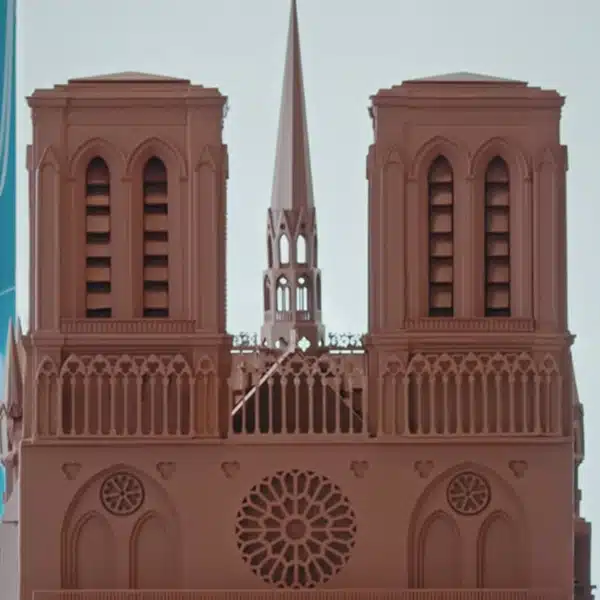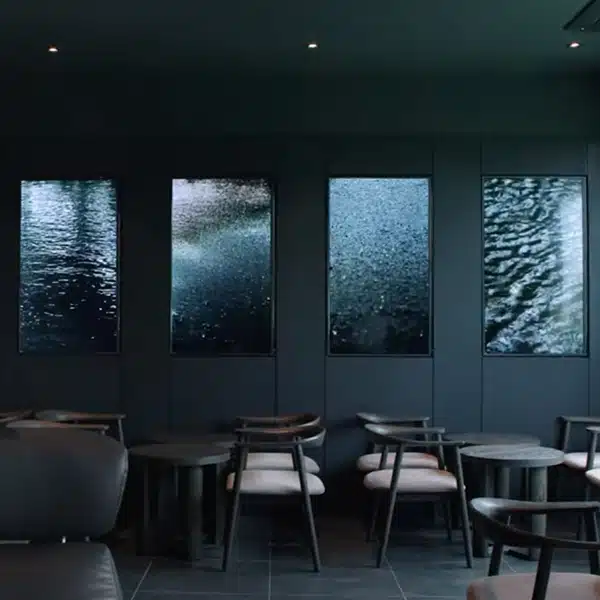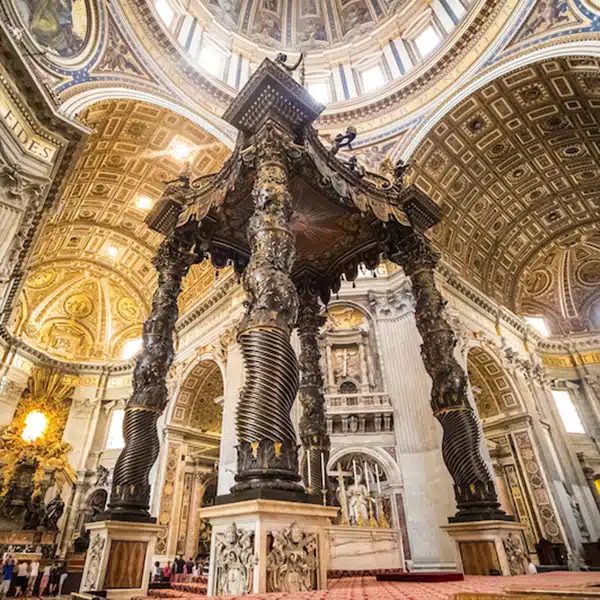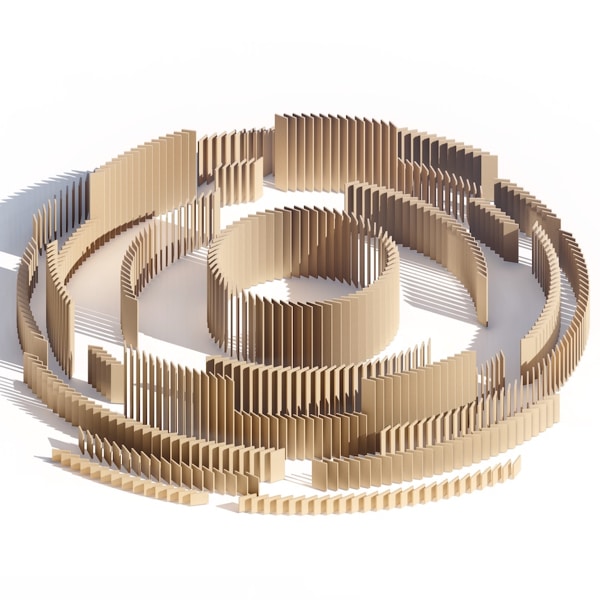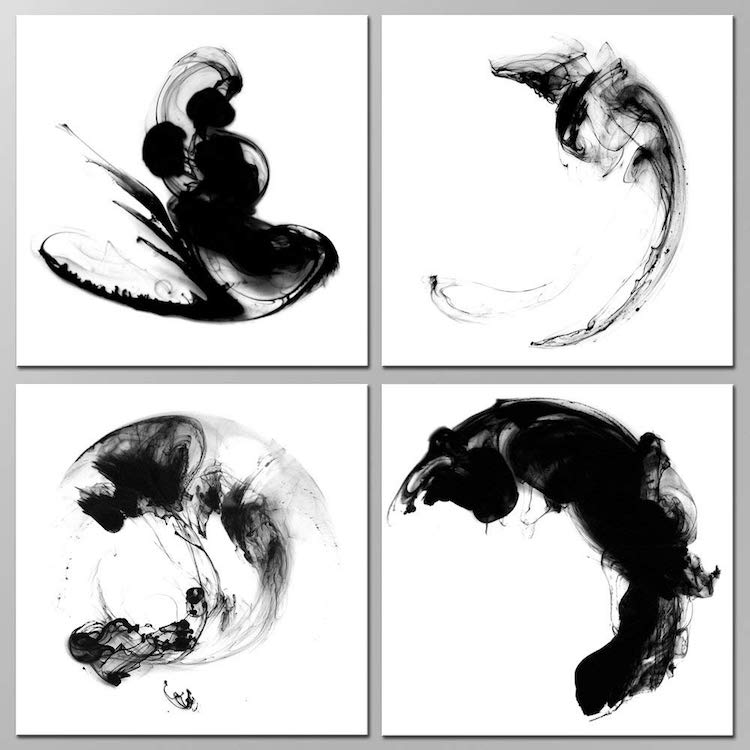
Minimalist Wall Art by Sea Charm | $36.19
This post may contain affiliate links. If you make a purchase, My Modern Met may earn an affiliate commission. Please read our disclosure for more info.
Minimalism—it’s a word we often hear, but what does it really mean? Depending on your perspective, minimalism can pertain to many different things. For instance, the tiny house trend was partially driven by the idea of simple living. This minimalist lifestyle asks people to reflect on what’s really essential in their lives and reduce the clutter—whether physical or spiritual.
Minimalism is also important to the visual arts and design. While it may seem like a simple principle, achieving excellence in the Minimalist style requires great skill. It asks artists, designers, and architects to break things down into their essential elements, using simple forms to produce harmonious work.
Greatly influenced by Japanese culture and philosophy, Minimalism is a Western art movement that appears after World War II. Since that time, it has remained an enduring aesthetic choice that continues to appear in contemporary art and design.
How Japanese Culture Influences Minimalism

Photo: Valeria Cantone via Shutterstock
While many cultures practice concepts of aesthetic simplicity, Minimalism draws its greatest influence from Japan. The Zen philosophy, which places value on simplicity as a way to achieve inner freedom, manifests itself in Japanese architecture, which became increasingly influential in Western culture from the 18th century onward.
Japanese aesthetic principles look for the innate beauty in objects, giving value to their natural state. Known as wabi-sabi, finding value in the simple forms of nature is highly influential to the Minimalist movement. Another principle known as ma—emptiness—calls for large open spaces in order to create a spatial emptiness that forces contemplation of essential forms. This concept is key for contemporary Minimalist architecture.
Last, the principle of seijaku—or stillness—translates the state achieved through meditation into design. Here, aesthetics are used to help encourage tranquility, harmony, and balance. It’s easy to see how the clean simplicity of Minimalist design looks to achieve these same goals.
Minimalist Art Movement
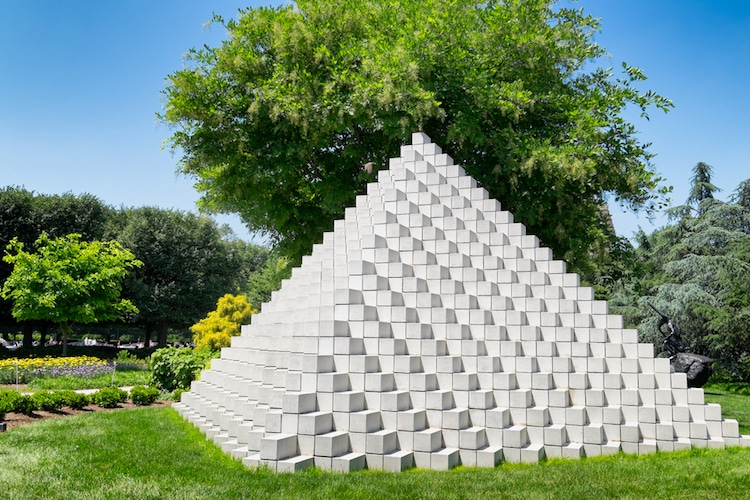
“Four-Sided Pyramid” conceived by Sol LeWitt in 1965, constructed in 1999. (Photo: cdrin)
Minimalism emerged as an important American art movement in 1960s New York. A direct reaction against Abstract Expressionism, Minimalist artists set aside ornate symbolism and focused on materials.
These young artists often worked with industrial materials like concrete and steel, calling attention to their forms and physical properties rather than focusing on emotion. Their sleek, geometric work didn’t rely on elaborate metaphors for interpretation, eschewing traditional fine art values.
Instead, Minimalist artists often forced viewers to contemplate how the physical objects influenced their reactions by reflecting on principles like weight, light, and height. American painter and sculptor Frank Stella, a leading figure in the movement, exemplified Minimalist principles with his Black Paintings. The series, executed between 1958 and 1960, is a set of canvases where black enamel paint has been laid in thin bands separated by raw canvas. The repeated geometric patterns force viewers to appreciate the value of the flat surface rather than view the painting as an illusionistic window into another world.
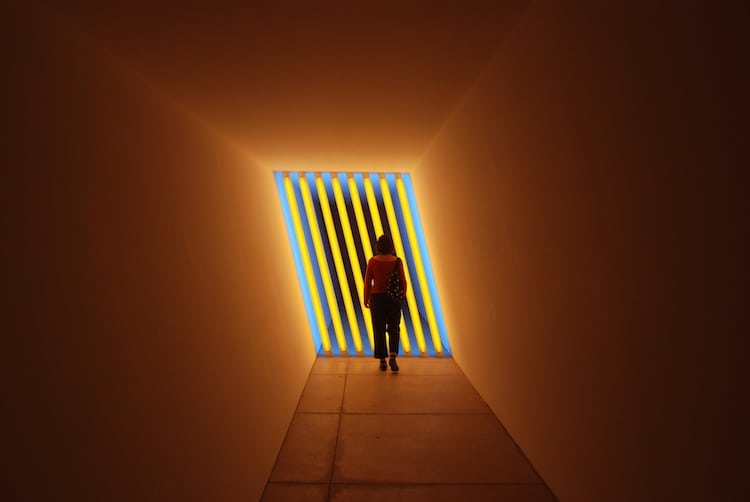
“untitled (Marfa Project),” 1996 by Donald Flavin. Detail. (Photo: Jeremy Zilar)
“All I want anyone to get out of my [works] and all I ever get out of them is the fact that you can see the whole idea without any confusion,” Stella declared in 1964. “What you see is what you see.”
Sol LeWitt, with his attention to geometric forms and towers as expressed in his sculptures and wall drawings, is another leader of the Minimalist movement. Other notable Minimalist artists include Carl Andre, Robert Morris, Dan Flavin, and Donald Judd.
Minimalism was the dominant art movement in the United States by the end of the 1970s. This then led into Post-Minimalism, a reaction against the austerity that includes body art, performance art, and site-specific art. For a good look at Minimalist art, Donald Judd's Chinati Foundation in Marfa, Texas has an impressive collection.
Want to learn more about Minimalist art? Pick up Phaidon's Minimalism.
Minimalist Architecture
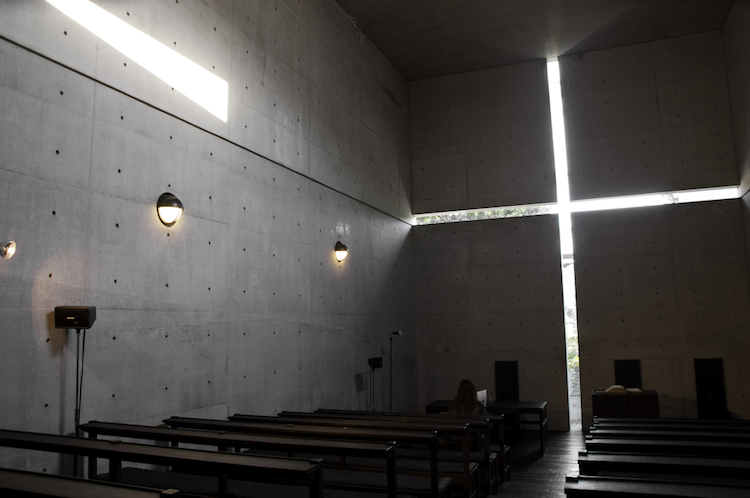
Church of Light by Tadao Ando (Photo: Sira Anamwong via Shutterstock
Minimalist architecture finds its roots not only in Japanese culture, but also the De Stijl and Bauhaus movements of the 1920s. De Stijl’s use of abstraction and simplicity combined with Bauhaus’ interest in using industrial materials and reducing forms are essential characteristics of Minimalist architecture.
By condensing design to its essential elements and focusing on form, light, space, and materials, Minimalist architecture achieves harmony through simplicity. Japanese architect Tadao Ando is a leading example of a contemporary architect practicing minimalism. Known for his use of smooth concrete, light, and natural elements like water, Ando’s award-winning architecture is stripped bare to allow for greater emotional impact.
Minimalist architects often bring together nature and the interior to achieve a balance between the man-made architecture and the environment. Order and harmony are obtained through the use of geometric forms, bare walls, and simple materials. In this way, “the essence of architecture” shines through in the design.
British architectural designer John Pawson is another practitioner of minimalism and is known for helping spread the aesthetic starting in the 1980s. Pawson spent a portion of his twenties in Tokyo and was greatly influenced by Japanese design. Attention to proportion and volume, a balance between interior and exterior spaces, as well as subtle complexities between form and space are hallmarks of his design. His uncluttered architecture is exemplified by the Calvin Klein boutique on Madison Avenue. Here, his simple spatial arrangements allow for a peaceful, orderly experience that matches Calvin Klein’s fashion concepts.
Looking to learn more? Minimalist Architecture tells the story of the movement from Mies van der Rohe to today's practitioners.
Minimalist Industrial and Interior Design

Photo: ImageFlow via Shutterstock
Minimalist interior and industrial design pick up the lead from the art and architecture movements. Minimalism doesn’t simply mean white walls. Using clean lines and subtracting clutter, anything of excess is extracted until you have the essence of the product or the interior.
Apple is a great example of a company that has successfully used minimalist design concepts. Their sleek design has become a timeless symbol of the company and is instantly recognizable.
Translated to interior design, minimalism means keeping surfaces free of clutter—making organization a priority. Oftentimes, a neutral base color is used, but things can be mixed up by incorporating different tones and textures to keep things from being too bland.
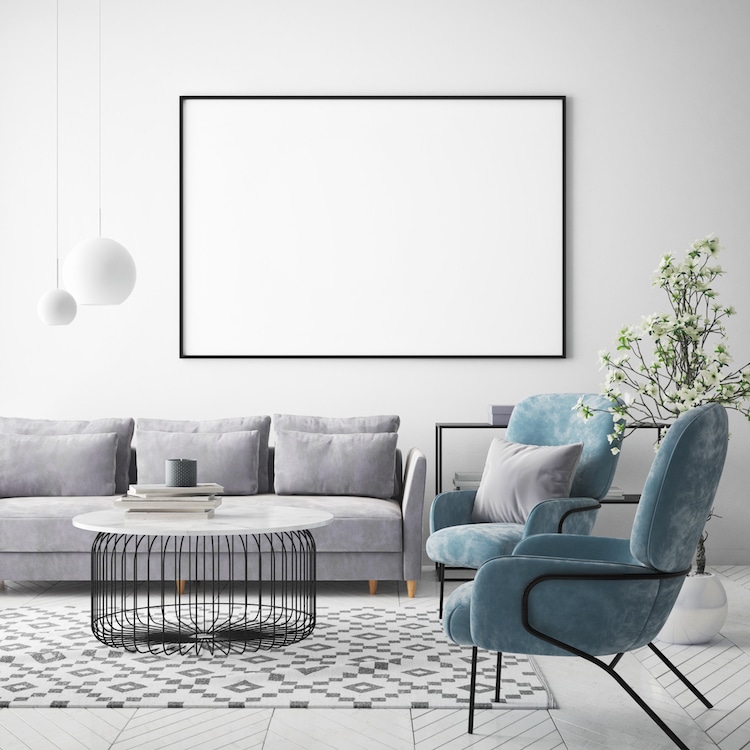
Photo: mtlapcevic via Shutterstock
Scandinavian design is a minimalist interior design style that has enjoyed global popularity in the 21st century—and we’re not just talking about IKEA. By combining natural finishes like wood and stone, pops of color, geometric shapes, and functional design, it is the newest way to bring a bit of minimalism to your home.
Check out 150 Best Minimalist House Ideas to get inspiration for your interior.
Related Articles:
Cubism: How Picasso and Others Broke From Tradition to Transform Modern Art
What is Modern Art? Exploring the Movements That Define the Groundbreaking Genre
12 Revolutionary Art Movements That Have Shaped Our Visual History
20 Art History Terms to Help You Skillfully Describe a Work of Art











































































